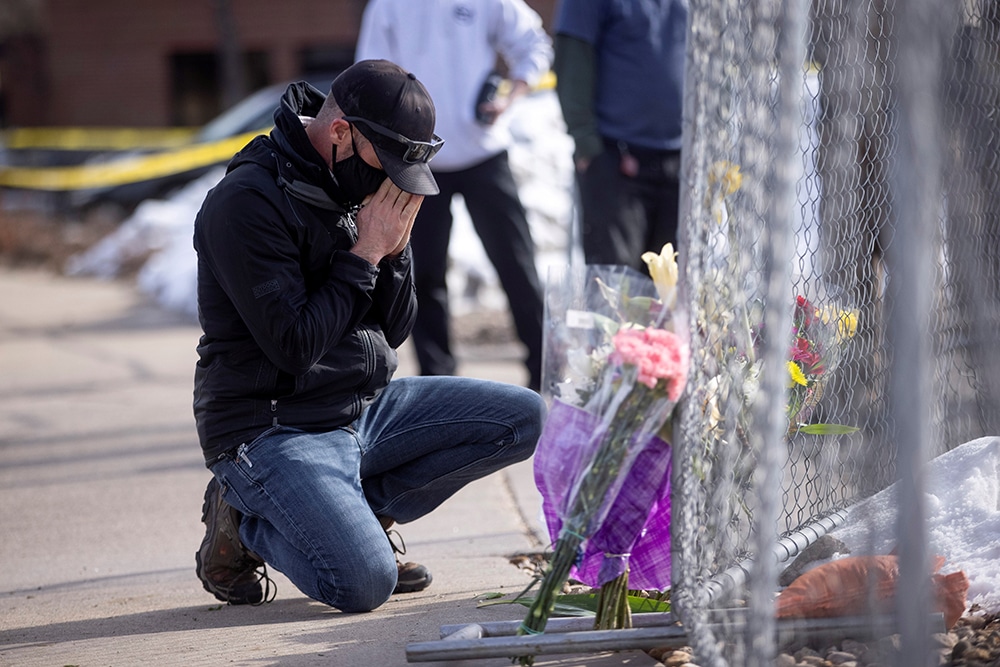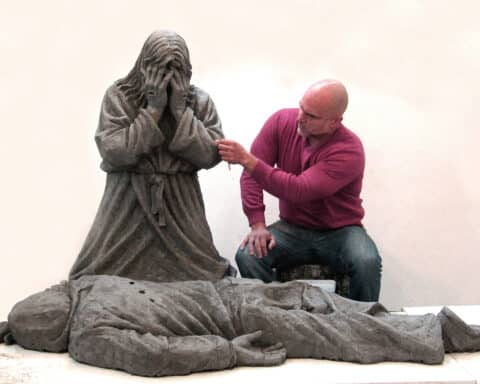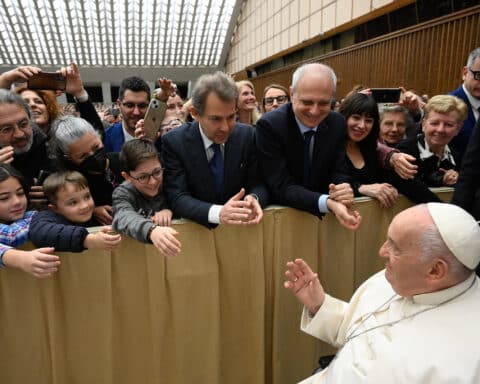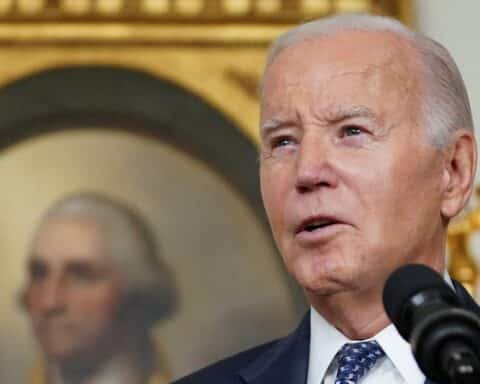In 2020, analysts tracked a lot of COVID-centric numbers, focusing on infections, hospitalizations and deaths. We followed the numbers up and down, watched the repeated swelling of the first that, as predicted, led to the second two. Plenty of news outlets — even The Weather Channel app — offered charts to monitor, compare and contrast.
For many of us, it became all consuming. And it was certainly that way for the media. But behind the scenes, muted by the high profile pandemic coverage, another set of numbers was on the rise — and would, by the end of the year, quietly and surprisingly break records.
2020 might be remembered as the year of COVID, but it was also the year that almost 20,000 Americans were killed by gun violence — the highest annual loss of life by guns in the past 20 years, as reported last month by The Washington Post. (And this isn’t counting the 24,000 people who died by suicide using guns.) While there fortunately were few high-profile mass shootings (those at schools, office buildings or large events, for example), everyday gun violence brought tragedy and suffering to communities — especially communities of color — across the country.
Now, however, mass shootings are once again making headlines. Spas in Atlanta; a grocery store in Boulder; an office building in Orange, California. A house party in Wilmington, North Carolina; a nightclub in Quincy, Florida. Whether such coverage will be sustained, though, remains to be seen. A mere week after the March 22 shooting at King Soopers in Boulder, national news coverage waned, leaving behind a community with 10 fewer members and an all-too-familiar outdoor memorial to remember them by.
Older generations might call these waves of interest “enthusiasms”‘ — moments when we become wholly absorbed in certain things (in many cases, justifiably so), only to move on when the spotlight does. Following the never-ending cascade of mass media and wrapped up in our own concerns, we soon forget whatever it was that had us so enthralled in the first place. One day, the same principle will apply to the COVID numbers we continue to (or perhaps already used to?) track so diligently. This is the double-edged sword of 21st-century communications.
“Media can help us to feel closer to one another, creating a sense of the unity of the human family which can in turn inspire solidarity and serious efforts to ensure a more dignified life for all,” Pope Francis said in his 2014 message for World Communications Day. “Good communication helps us to grow closer, to know one another better, and ultimately, to grow in unity.” But he acknowledged that “the speed with which information is communicated exceeds our capacity for reflection and judgment, and this does not make for more balanced and proper forms of self-expression,” adding, “the world of communications can help us either to expand our knowledge or to lose our bearings.”
One only has to spend a few minutes on social media to discover how easy it is to lose one’s bearings and to experience the continuous churn of the news cycle that threatens to take our fleeting attention spans along with it.
People of faith have a higher calling, however. We are to consume media more judiciously and more thoughtfully, processing events through the lens of the Gospel to determine whether or not life was respected and the dignity of the person upheld. We must fight the desensitization and begrudging acceptance that regular consumption of negative news can bring. Furthermore, we have the responsibility to take action beyond exclaiming in dismay and moving on to the next article.
In the particular case of gun violence, we should intentionally and regularly pray for the victims, their families and the perpetrators. And we should work for peace by pursuing justice. In their 1994 pastoral message “Confronting a Culture of Violence: A Catholic Framework for Action,” the U.S. bishops outline a framework for action that includes everything from praying for peace and listening to the stories of those affected by violence, to examining our own attitudes and actions to see how they relate to societal violence, to committed advocacy to prevent future violence.
In doing so, may we move beyond “enthusiasms,” shifting our momentary concerns into deliberate and lasting work for peace, justice and the common good.
Our Sunday Visitor Editorial Board: Gretchen R. Crowe, Scott P. Richert, Scott Warden, York Young





